Image of 1966 Mercury Villager, sourced from www.flickr.com , Image Link.
Performance Metrics
Fundamental Metrics
Emotional Appeal
MMP Rating
| Engine Specifications | |
|---|---|
| Engine Options: | 390 CID FE V8 |
| Displacement Range: | 390 cubic inches (6.4 Liters) |
| Horsepower Range: | 265-315 HP |
| Torque: | 405-427 lb-ft |
| Compression Ratio: | 10.5:1 |
| Ignition System: | Conventional breaker-point ignition system |
| Cooling System: | Liquid-cooled |
| Performance Specifications | |
| 0-60 Time: | Estimated 9 seconds |
| 1/4 Mile Time: | Estimated 16.5 seconds |
| Top Speed: | 115 mph |
| Transmission and Drive | |
| Drive Type: | Rear-wheel drive |
| Transmission Type: | 3-speed automatic or 4-speed manual |
| Fuel and Efficiency | |
| Fuel System Type: | Carburetor |
| MPG: | Estimated 10-12 MPG |
| Dimensions and Brakes | |
| Brakes: | Drum brakes |
| Wheelbase: | 119 inches |
| Weight: | 4,000 lbs |
Note: Specifications for classic cars are given to the best of our ability, considering the limited and variant data available.
Unveiling the 1966 Mercury Villager: A Stalwart of Suburban Sophistication
The 1966 Mercury Villager stands as a testament to mid-century American automotive design, a vehicle that encapsulated the aspirations of a burgeoning suburban class. Born from the stables of Mercury, a division of the Ford Motor Company, this station wagon was crafted to offer both functionality and luxury. In an era where station wagons were synonymous with family life, the Villager carved out its niche by offering a blend of style and practicality that was unmatched at the time.
Notably, the Villager's introduction coincided with the peak of the station wagon craze in the United States, making it an integral part of automotive history. It was during this period that Mercury showcased its ability to innovate, delivering a vehicle that not only met the demands of its day but also left an indelible mark on the industry. A unique fact about this model is that it shared its underpinnings with the Ford Country Squire, yet it boasted distinctive trim and luxury features that set it apart.
Design and Innovation: The Quintessence of '60s Flair
The exterior styling of the 1966 Mercury Villager exuded a sense of robust elegance. Its long, sweeping lines and faux wood paneling along the sides gave it an air of sophistication that was highly sought after. The vehicle's front fascia, with its imposing grille and quad headlamps, projected confidence and strength.
Inside, passengers were greeted with a cabin that prioritized comfort and space. The use of high-quality materials such as vinyl or optional leather upholstery spoke volumes about Mercury's commitment to luxury. Technologically, it featured innovations like power-operated rear windows and an optional power tailgate, which were quite advanced for its time.
The color palette ranged from subdued to vibrant, with popular choices including Phoenician Yellow and Sultana White. Body styles varied, but it was the six-passenger Colony Park variant that became iconic for its balance of opulence and utility.
Historical Significance: More Than Just a Mode of Transport
The 1966 Mercury Villager wasn't just another station wagon; it was a cultural icon that influenced automotive design by melding luxury with everyday utility. It set itself apart from contemporaries with its upscale trim options and became a symbol of middle-class success. Its lasting influence can be seen in how modern vehicles continue to strive for a balance between practicality and premium features.
Performance and Handling: A Gentle Giant on the Road
Underneath its elegant exterior lay a robust powertrain. The standard engine was a capable 289 cubic inch V8, while options included larger 390 and 410 cubic inch engines for those craving more power. Top speeds were respectable for its size, but it was the smooth acceleration and cruising capability that won over drivers.
The handling of the Villager was designed with comfort in mind; it absorbed bumps gracefully and remained composed on windy roads. Driving one was an experience characterized by the throaty rumble of its V8 engine—a sound that resonated with power without compromising on refinement.
Ownership Experience: Versatility at Its Finest
The 1966 Mercury Villager served various roles ranging from daily commuting to cross-country travel. Its reliability made it a favorite among families while also finding favor among collectors as a show car. Maintenance was straightforward thanks to shared components with other Ford models, ensuring ease of repair for owners.
Fun Facts: The Villager's Legacy
This classic wagon has had its share of limelight with rare editions like the Nautica series in later years and celebrity ownerships adding to its allure. While not known for setting speed records, it held records in hearts as a symbol of American life in the '60s. Criticisms were few but often pointed towards its size during an era when fuel efficiency began gaining importance.
Collector's Information: A Cherished Classic
The current value range for collectors can vary widely based on condition and originality but expect figures northwards of $15,000 for well-maintained examples. With production numbers not as high as some mass-market contemporaries, availability is moderate but finding one in pristine condition can be challenging. As appreciation for '60s Americana grows, these vehicles are slowly appreciating in value.
Conclusion: The Enduring Appeal of the 1966 Mercury Villager
In closing, the 1966 Mercury Villager is more than just a classic car; it's a slice of American history on wheels. Its fusion of elegance, space, and performance made it an icon then and continues to endear it to enthusiasts today. Whether you're looking to relive memories or create new ones, this Mercury station wagon stands ready to deliver an experience steeped in nostalgia and charm.
1966 Mercury Villager Catalog of Parts
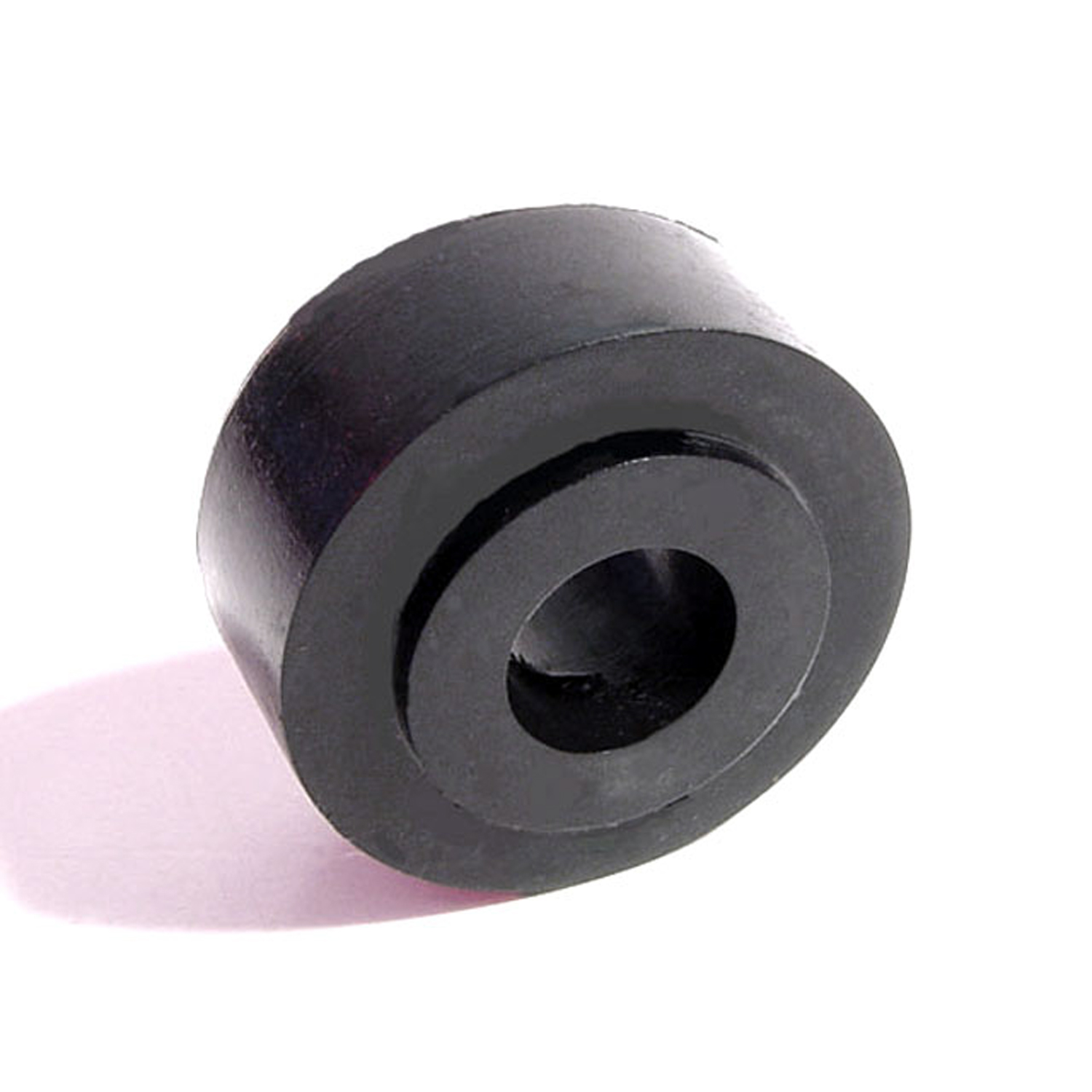 1966 Mercury Villager Shock Absorber Grommet. 1-1/4" bottom O.D., 1" high-BN 12Shock Absorber Grommet. 1-1/4" bottom O.D., 1" high., with 3/4" I.D. Each
1966 Mercury Villager Shock Absorber Grommet. 1-1/4" bottom O.D., 1" high-BN 12Shock Absorber Grommet. 1-1/4" bottom O.D., 1" high., with 3/4" I.D. Each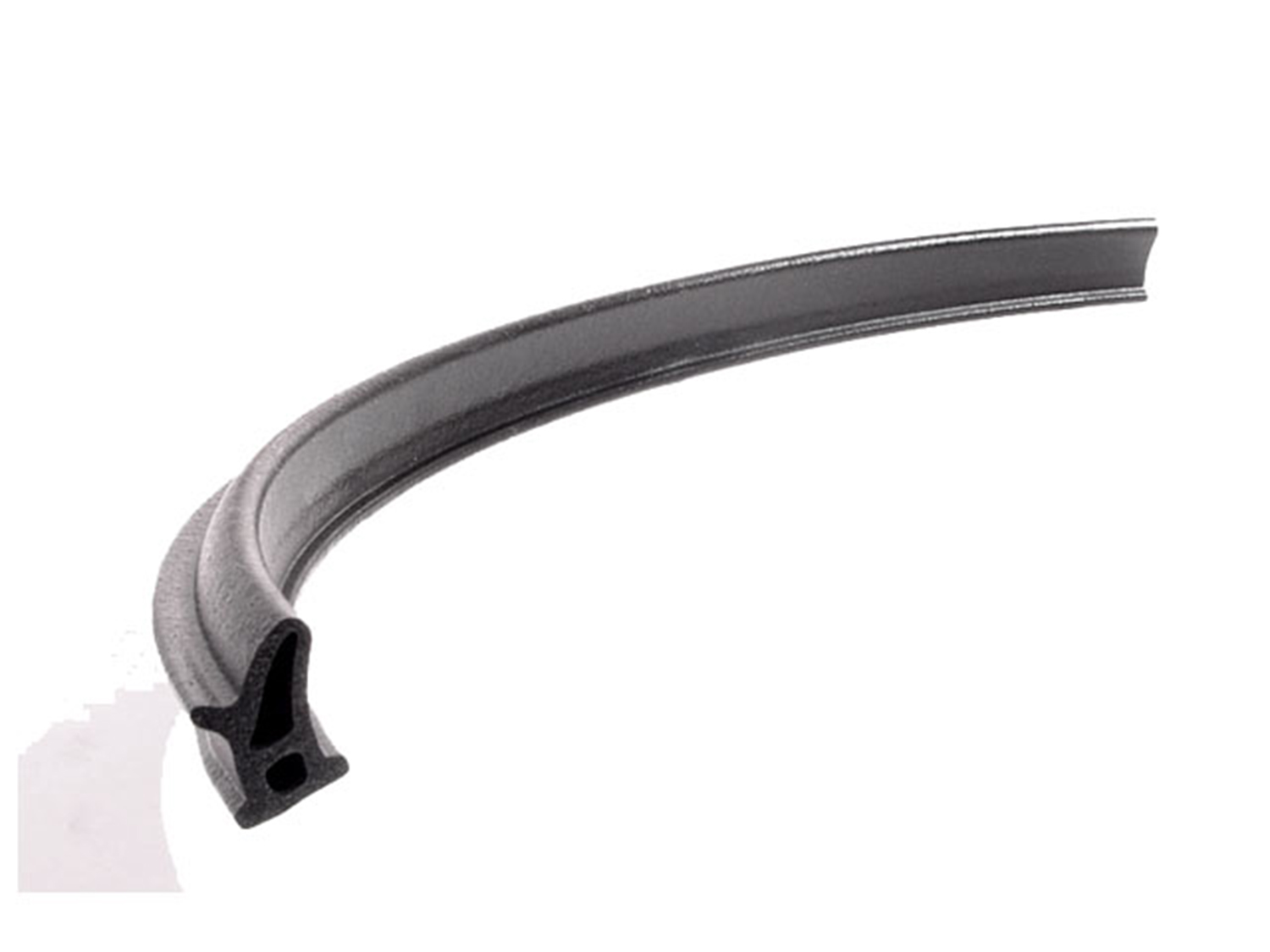 1966 Mercury Villager Door Side Seal extrusion with proper installation clips-C/LP 40-FDoor Side Seal extrusion with proper installation clips. Clips installed 4" on center. Sold by the foot.
1966 Mercury Villager Door Side Seal extrusion with proper installation clips-C/LP 40-FDoor Side Seal extrusion with proper installation clips. Clips installed 4" on center. Sold by the foot.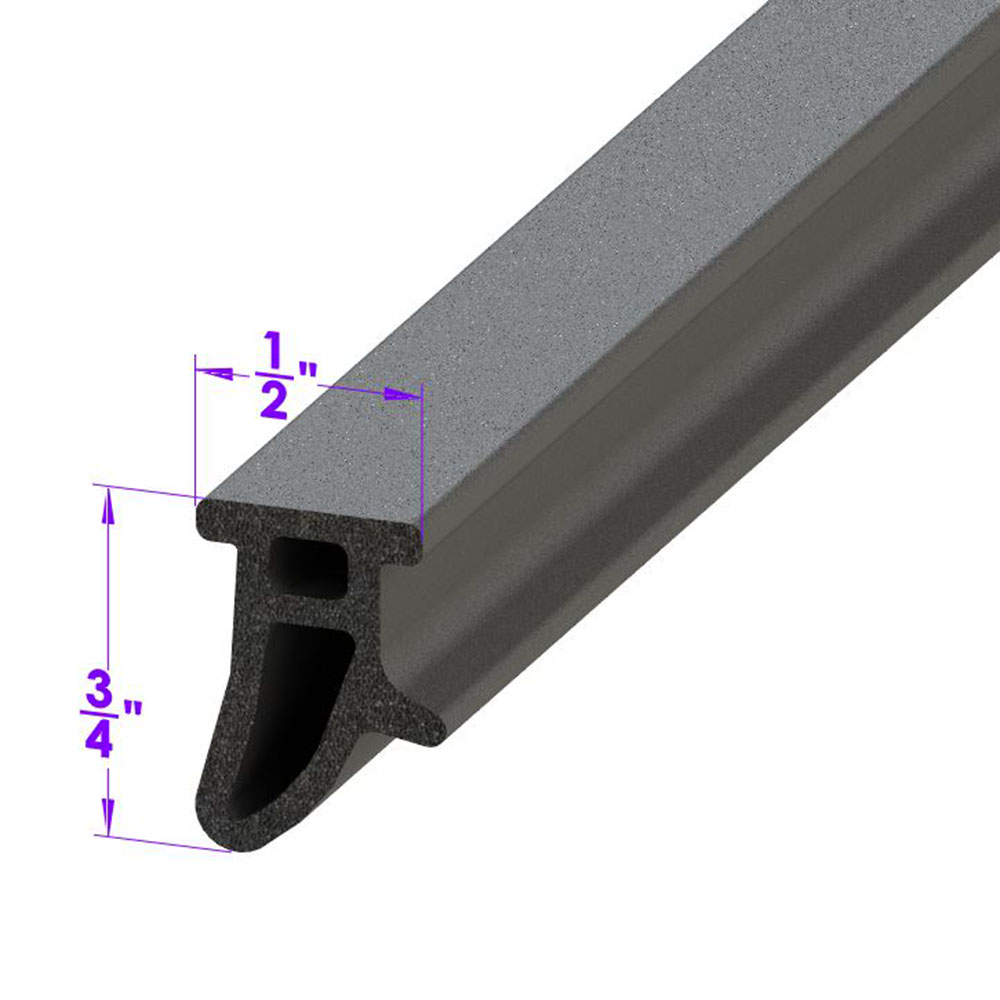 1966 Mercury Villager Door Side Seal, Without Clips (for seal with clips-LP 40-FDoor Side Seal, Without Clips (for seal with clips, see C/LP 40-F). Sold by the foot
1966 Mercury Villager Door Side Seal, Without Clips (for seal with clips-LP 40-FDoor Side Seal, Without Clips (for seal with clips, see C/LP 40-F). Sold by the foot 1966 Mercury Villager Brake Booster Boot. Each-RP 32-AABrake Booster Boot. Each
1966 Mercury Villager Brake Booster Boot. Each-RP 32-AABrake Booster Boot. Each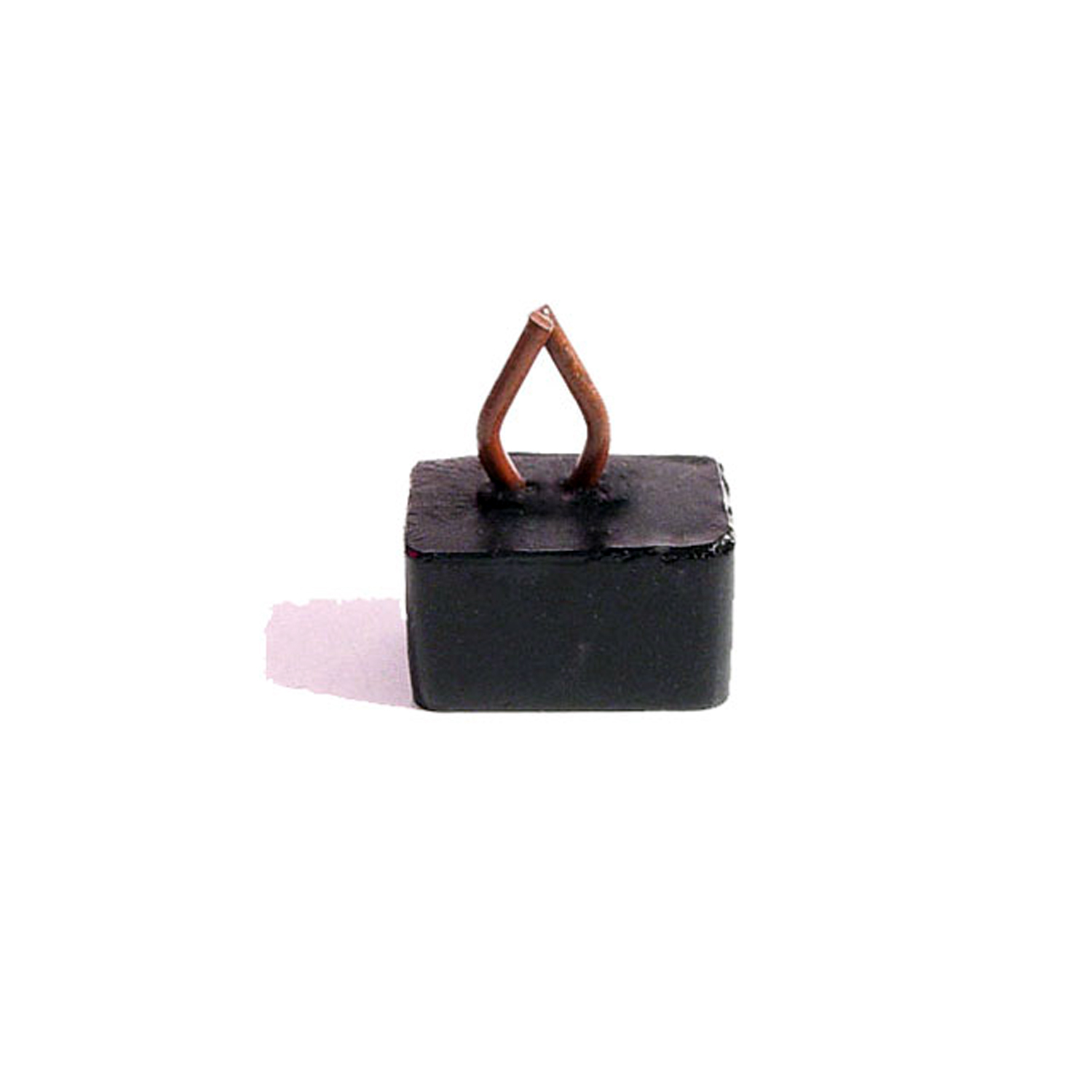 1966 Mercury Villager Hood Bumper. Snap-in wire base like original. Each-SB 89-AHood Bumper. Snap-in wire base like original. Each
1966 Mercury Villager Hood Bumper. Snap-in wire base like original. Each-SB 89-AHood Bumper. Snap-in wire base like original. Each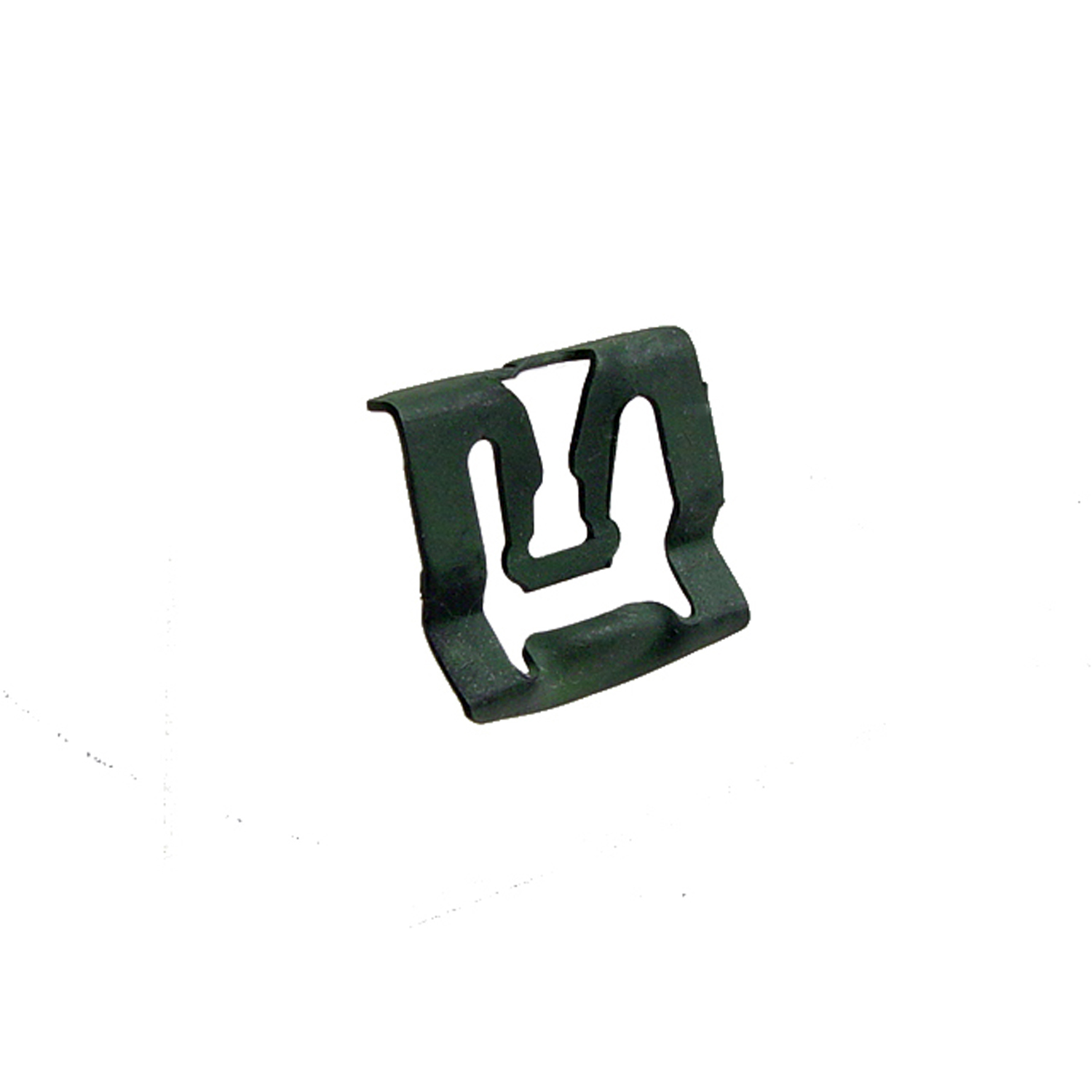 1966 Mercury Villager Windshield Reveal Molding Clip. Made of steel. Each-WF 228-AWindshield Reveal Molding Clip. Made of steel. Each
1966 Mercury Villager Windshield Reveal Molding Clip. Made of steel. Each-WF 228-AWindshield Reveal Molding Clip. Made of steel. EachWhy Choose Metro?
For over 100 years, Metro Moulded Parts has been the pinnacle of quality in classic car restoration parts. Our commitment to precision and authenticity in every component ensures a perfect fit and an OEM-level appearance.
- Expert Craftsmanship & Quality: Each part is a testament to our dedication to reliability and perfection, crafted from original designs and thoroughly tested.
- Advanced Technology: We use cutting-edge techniques to create flawless, long-lasting parts that surpass others in performance.
- SuperSoft Sponge – The Ultimate Door Seal: Not only are our door seals 30% softer than competitors', but they're also guaranteed to never leak. They effectively reduce wind and road noise, enhancing your classic car's comfort and driving experience.
- Proudly American: Our parts are a product of American craftsmanship, made in the USA with a spirit of excellence and heritage.
- Unrivaled Warranty: We back our products with a 30-year industry-leading warranty, a testament to our confidence in their quality.
Join us in preserving the legacy of classic cars with parts that are crafted for perfection, not just made.

